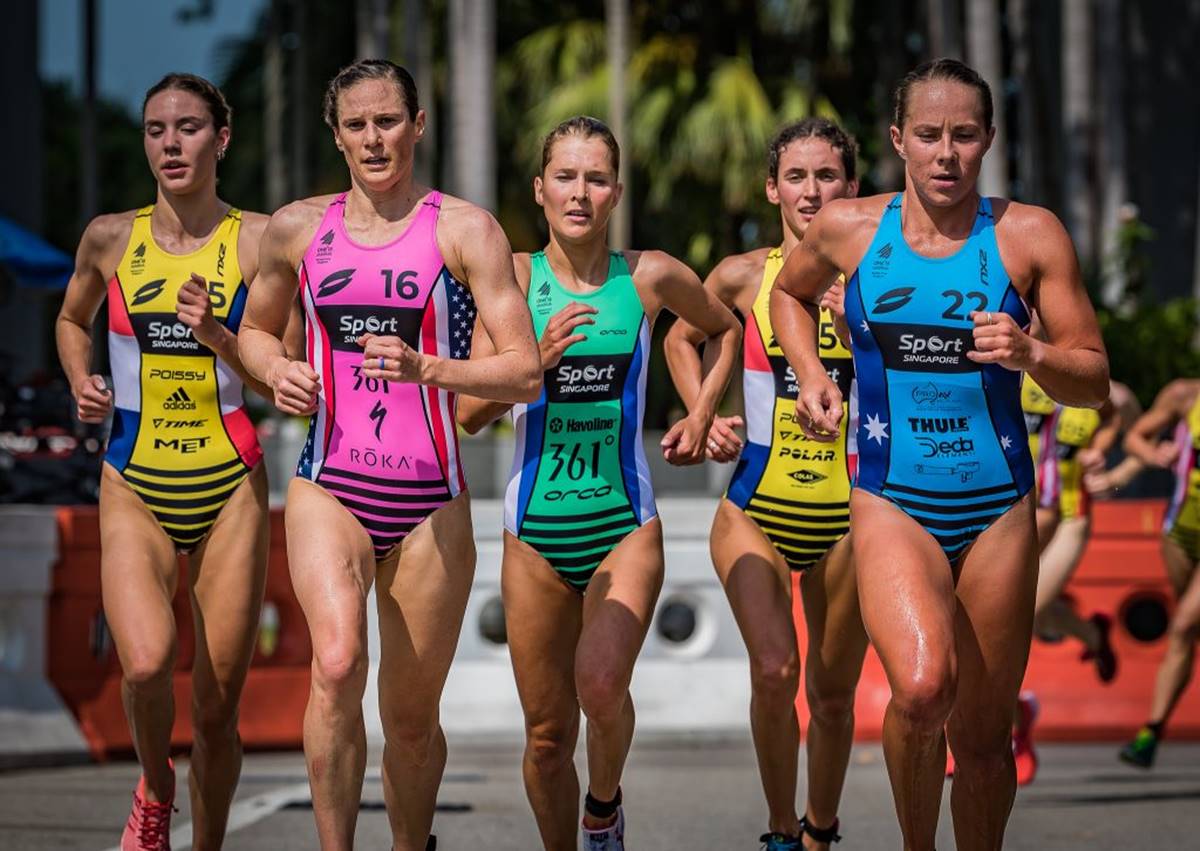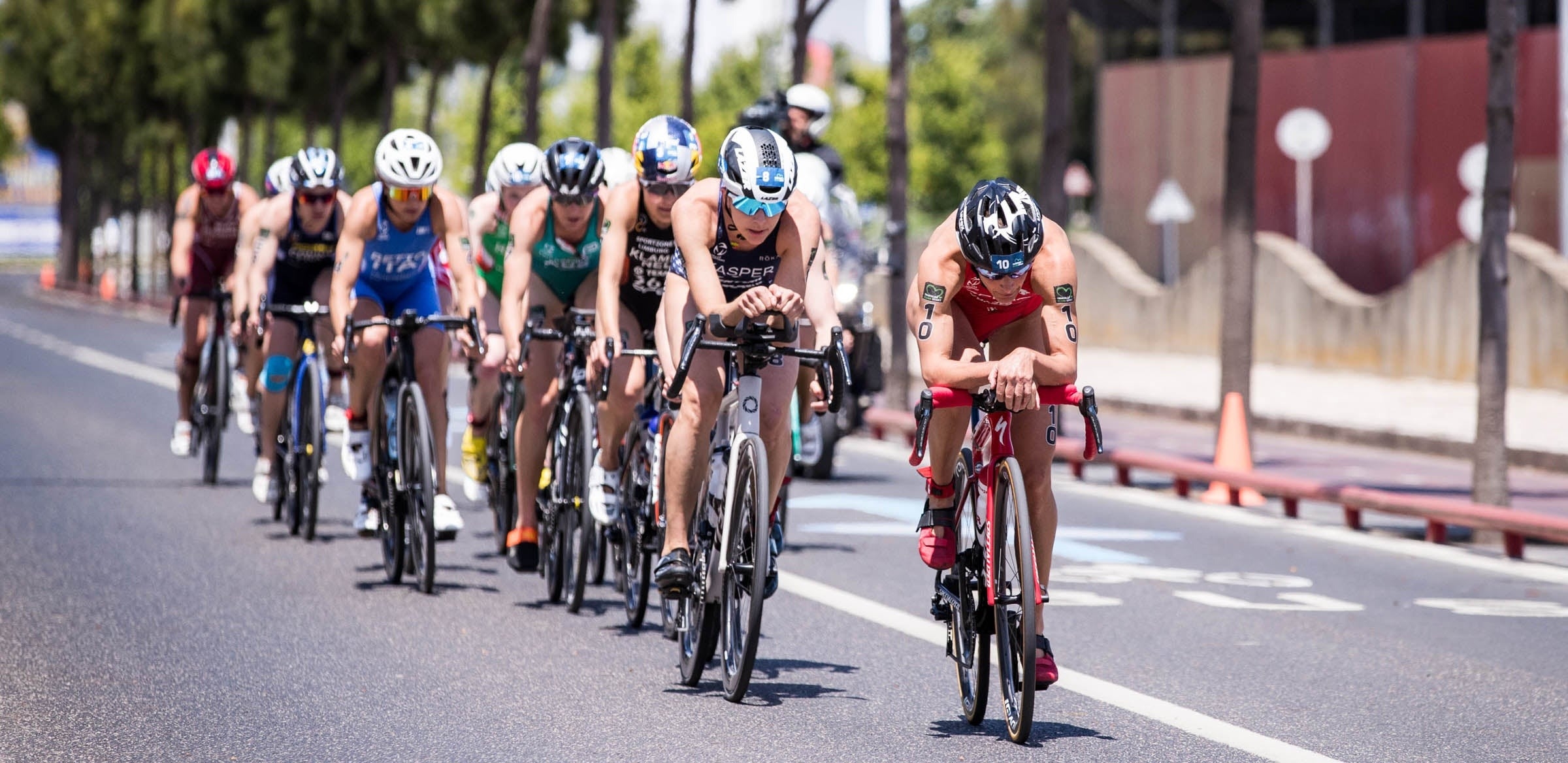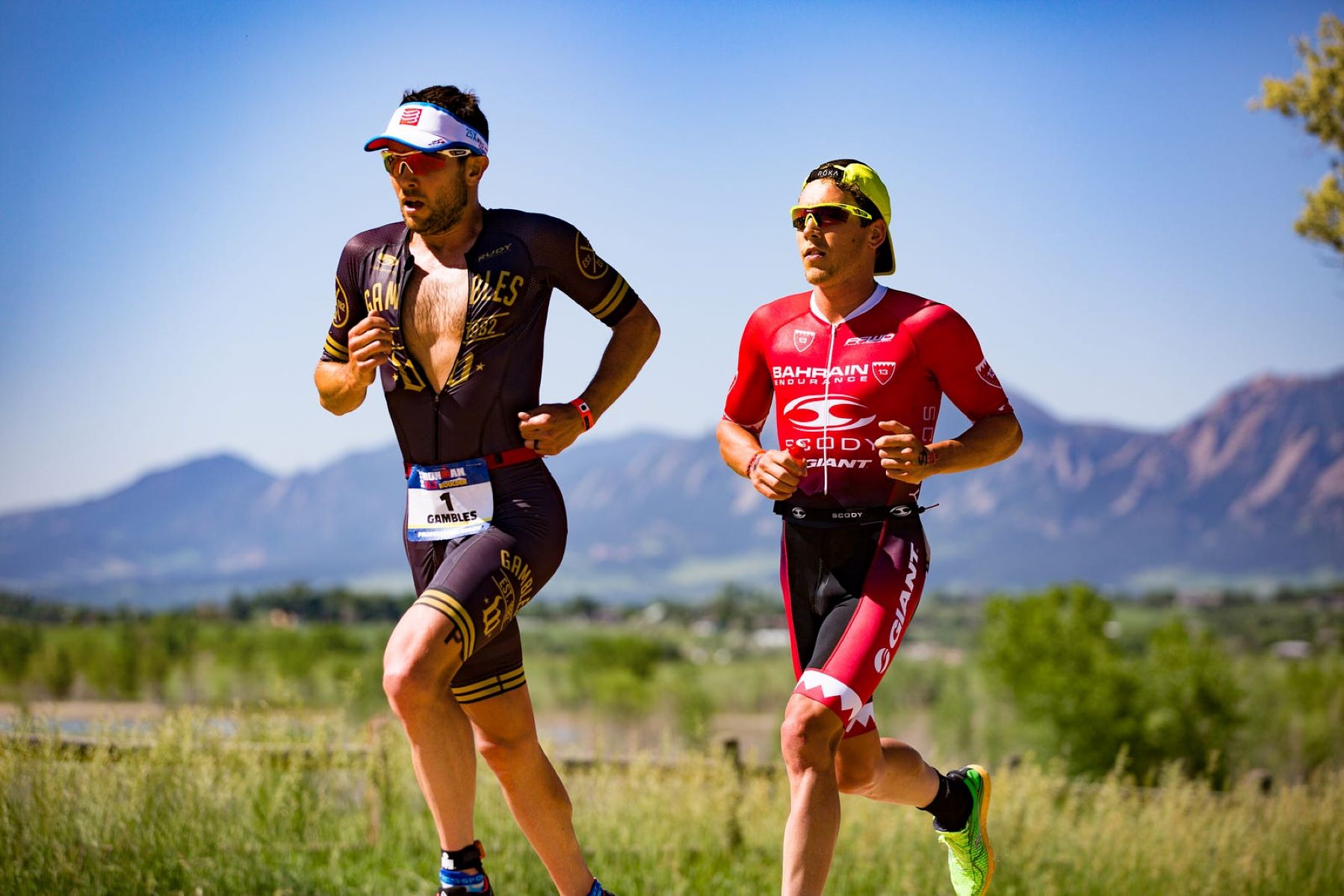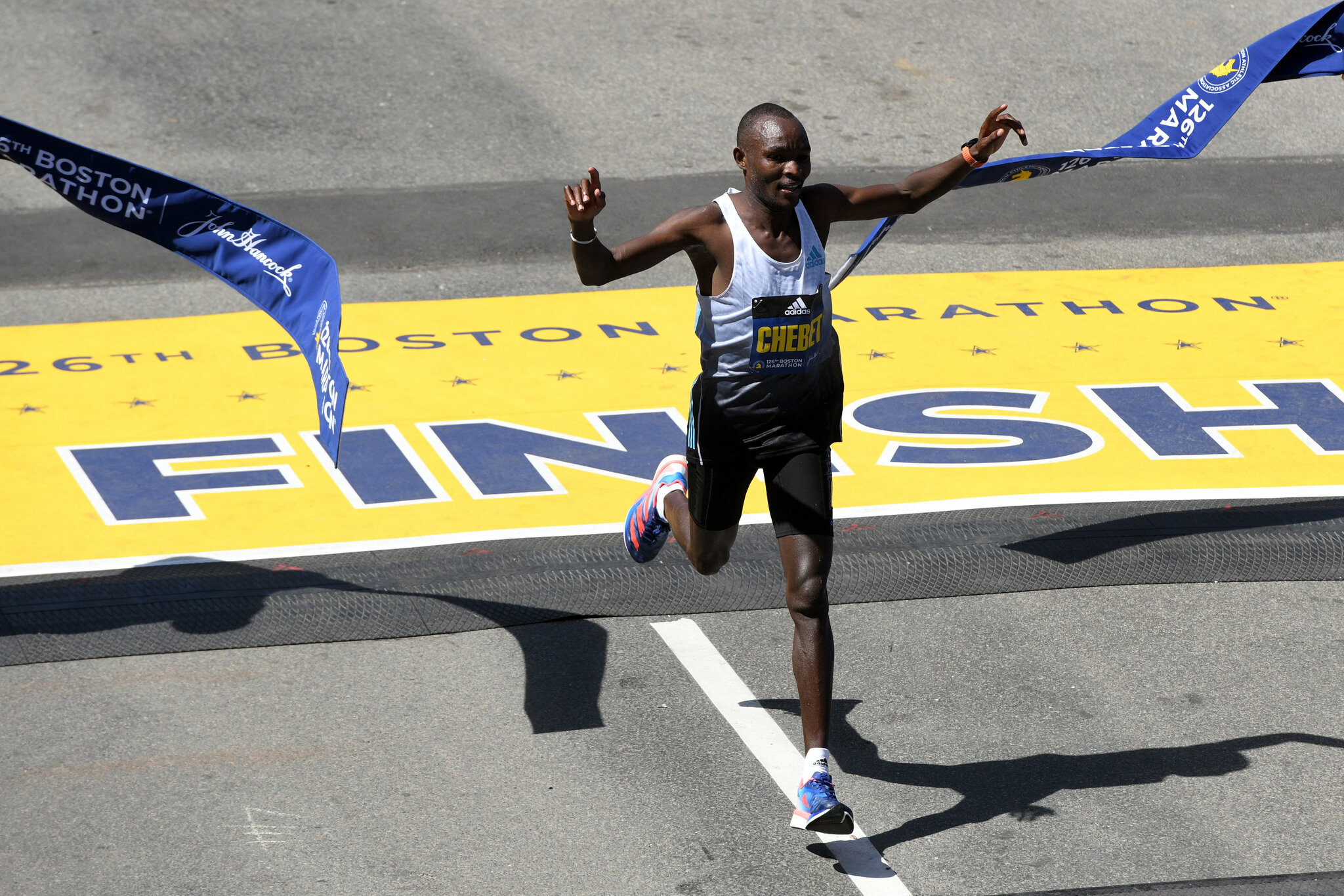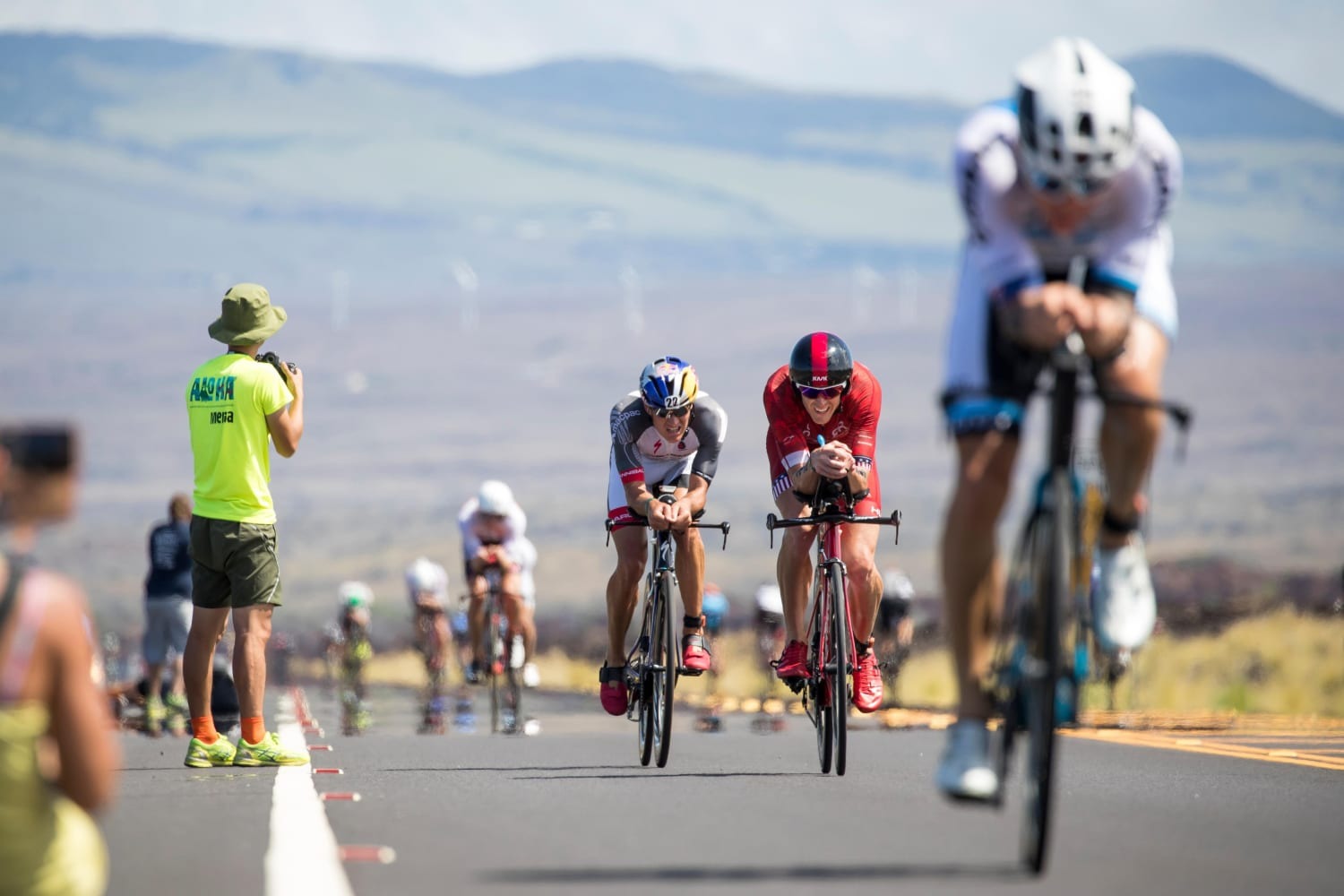Home>Misc>Featured>How Did Triathlon Come Up With The Term Athena For Heavy Women
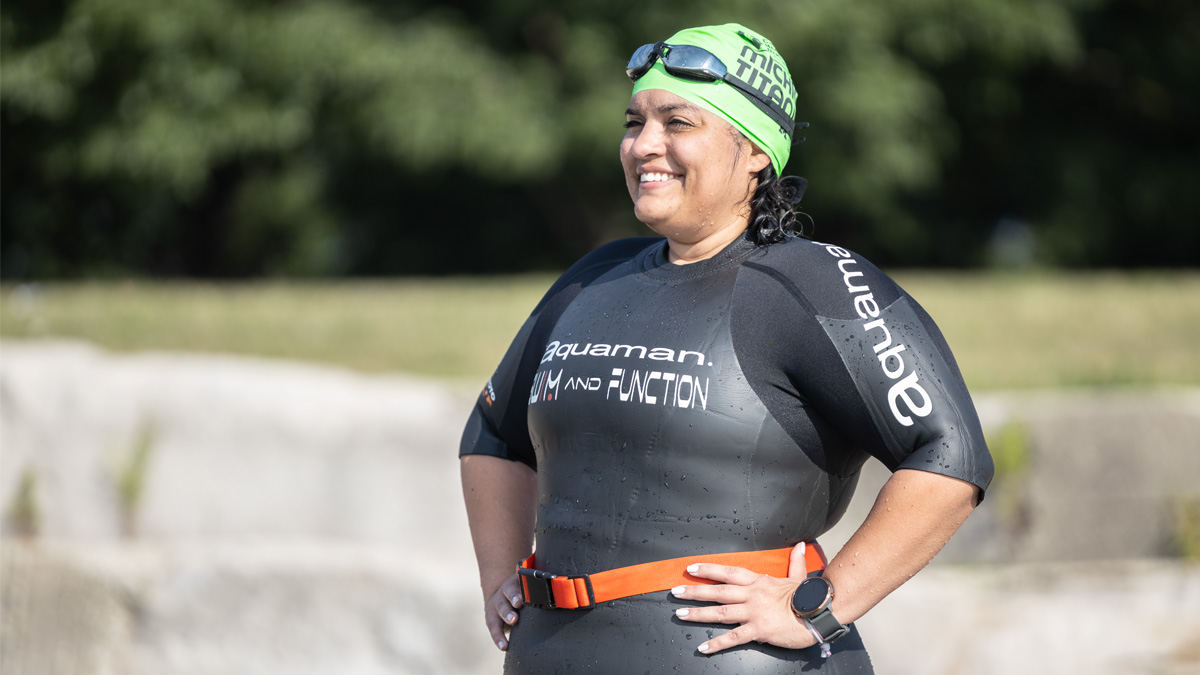

Featured
How Did Triathlon Come Up With The Term Athena For Heavy Women
Modified: January 2, 2024
Learn the origin of the term "Athena" for heavy women in the world of triathlon. Explore how this unique classification has evolved to promote inclusivity and diversity in the sport. Featured.
Introduction
Triathlon is a multi-disciplinary endurance sport that combines swimming, cycling, and running into a single event. While it may seem like a daunting challenge for many, triathlon has gained immense popularity over the years, attracting participants from all walks of life.
One intriguing aspect of triathlon is its classification system, which groups athletes based on factors such as age and gender. These categories ensure fair competition and allow participants to compete against others with similar characteristics.
Within the realm of triathlon, there exists a classification specifically for heavy women known as the “Athena” category. The term “Athena” has become synonymous with women who weigh above a certain threshold, offering them the opportunity to compete against others of similar body composition.
In this article, we will explore the origins of triathlon and examine how the term “Athena” came to be associated with heavy women in the sport. We will delve into the historical context surrounding the classification and discuss the controversy and impact it has had on inclusivity in the triathlon community. We will also touch upon the evolving perspectives on body size in triathlon and how it has shaped the sport to be more inclusive.
Origins of Triathlon
The roots of triathlon can be traced back to the 1970s when a group of athletes in San Diego sought to settle a friendly debate – which sport required the most stamina? To find the answer, they combined three existing events: the Mission Bay Swim, the Bikecentennial, and the Southern California Track Club’s track meets. This amalgamation gave birth to the first ever triathlon, held on September 25, 1974.
The inaugural triathlon consisted of a 5.5-mile run, followed by a 5-mile cycle, and concluded with a 600-yard swim. While the distances and locations have varied since then, the concept of combining these three disciplines has remained constant.
Following its humble beginnings, triathlon quickly gained recognition and popularity. The International Triathlon Union (ITU) was founded in 1989, marking the official governance of the sport at an international level. Triathlon became an Olympic sport in 2000, further solidifying its prominence in the athletic world.
Today, triathlon events are held across the globe, ranging from local sprint distances to the grueling Ironman races that encompass a 2.4-mile swim, 112-mile bike ride, and a full marathon – a true test of endurance.
The growth of triathlon has led to the establishment of various categories, ensuring fair competition for athletes of different ages and genders. These classifications allow participants to compare their performances with others who possess similar attributes, fostering a sense of camaraderie and healthy competition.
Among these classifications is the grouping of athletes based on weight, introducing the concept of the “Athena” category.
Classification in Triathlon
Classification is an integral part of triathlon, as it enables fair competition and ensures that participants are placed in appropriate categories based on their age and gender. This system allows athletes to compete against others who are at similar stages in life and possess similar physical attributes.
In addition to age and gender, triathlon also considers weight as a factor for classification. This inclusion allows athletes who fall into specific weight categories to compete against others with similar body compositions, ensuring a level playing field.
The weight-based classification in triathlon recognizes that body size and composition can have an impact on performance in endurance sports. By grouping athletes based on weight, especially heavier women, it acknowledges the potential challenges and unique experiences they may face during training and competition.
The “Athena” category, in particular, focuses on heavy women who exceed a certain weight threshold. While this classification aims to provide a fair opportunity for heavy women to compete against those of similar size and weight, it has sparked both positive and negative reactions within the triathlon community.
Advocates argue that the “Athena” category promotes inclusivity by recognizing and accommodating the specific needs and abilities of heavier women. It allows them to feel supported and empowered within the sport, fostering a sense of community and inspiring others who may have previously felt excluded.
On the other hand, critics argue that the “Athena” category perpetuates stereotypes and stigmatizes heavy women, potentially leading to body shaming and lower self-esteem. They argue that athletes in this category may feel marginalized or singled out, rather than being embraced for their accomplishments and dedication.
As with any classification system, finding the right balance between creating fair competitive opportunities and avoiding potential negative impacts is a constant challenge. However, the intention behind the “Athena” category in triathlon is to provide a platform for heavy women to participate in the sport and celebrate their achievements in a supportive and understanding environment.
The Term “Athena”
The term “Athena” is derived from Greek mythology, where Athena is known as the goddess of wisdom, courage, and inspiration. In the context of triathlon, the term “Athena” is used to represent heavy or larger women who compete in the sport.
While the exact origins of using the term “Athena” for this particular classification in triathlon are unclear, it is likely that it was chosen to symbolize the strength and power associated with Greek mythology. By using the name of a goddess, the category seeks to empower and recognize the physical capabilities of heavy women participating in triathlon.
The use of the term “Athena” also aligns with the broader tradition of naming classifications in triathlon after Greek and Roman deities. For instance, male athletes over a certain weight limit are classified as “Clydesdales,” a term originating from the strong and sizable draft horses used in farming.
While the association with a goddess may initially seem empowering, it is important to recognize that the term “Athena” in the context of the triathlon category for heavy women can be seen as controversial. It places emphasis on weight and body size, which can be sensitive subjects for individuals, often leading to societal pressure and discrimination.
Nevertheless, it is crucial to understand that the intention behind using the term “Athena” is not to label or stigmatize heavy women, but rather to create a category of competition that acknowledges and supports their participation in triathlon.
Furthermore, it is worth noting that the use of the term “Athena” in triathlon is not universally accepted or employed by all event organizers or governing bodies. Alternate terms such as “Clydesdale/Filly” or “Athena/Warrior” have also been used to encompass both genders and offer flexibility in classification.
Historical Context
To understand the historical context surrounding the term “Athena” in triathlon, it is essential to recognize the societal attitudes and perceptions of body size and weight that have evolved over time.
Historically, society has often held a narrow definition of beauty and athleticism, favoring a specific body type that aligns with societal norms. This bias has perpetuated a culture where individuals who do not fit within these preconceived notions often face scrutiny and discrimination, both within and outside the realm of sports.
In the context of triathlon, this historical context sheds light on the reasons behind the creation of the “Athena” category. It aims to challenge the conventional notion of athleticism and shift the focus from appearance to performance. The category serves as a reminder that athletic ability, determination, and the will to compete exist in athletes of all shapes and sizes.
By incorporating the “Athena” classification, triathlon attempts to provide a platform for those who may have felt excluded or discouraged from participating in the sport due to societal norms surrounding body size. It strives to break down barriers and promote inclusivity, creating a more diverse and accepting community within triathlon.
It is important to recognize that the inclusion of the “Athena” category does not attempt to overshadow or diminish the accomplishments of athletes who do not fall within this classification. Instead, it aims to celebrate the achievements of heavy women and provide a sense of validation and representation within the sport.
As society continues to evolve and challenge traditional beauty standards, it is crucial for sports organizations and governing bodies to adapt and create spaces that accommodate individuals of diverse body types and sizes. This historical context highlights the progressive nature of the triathlon community in recognizing the value and potential of athletes outside of societal norms.
The historical context surrounding the “Athena” category in triathlon serves as a reminder of the progress made in promoting inclusivity and acceptance. However, it also highlights the ongoing need for continued dialogue and reflection to ensure that all athletes, regardless of size, feel supported and empowered within the triathlon community.
Controversy Surrounding the Term
The term “Athena” used to classify heavy women in triathlon has not been without controversy. While it was intended to create a category that celebrates and acknowledges the achievements of heavy women, some argue that it may inadvertently perpetuate stereotypes and contribute to body shaming.
One of the main concerns is that the term “Athena” can be seen as labeling heavy women as something different or separate from the rest of the triathlon community. This labeling can lead to feelings of exclusion or a sense of being singled out, rather than fostering an inclusive environment that embraces athletes of all body sizes.
Critics argue that focusing on weight-based categories may reinforce the notion that heavier athletes are somehow less capable or deserving of recognition for their athletic abilities. Instead of being celebrated for their dedication, determination, and accomplishments, athletes in the “Athena” category may feel as though their participation is solely based on their weight.
An important aspect of the controversy surrounding the term “Athena” is the potential for body comparison and shaming. The classification puts a spotlight on weight, which can trigger insecurities and negative self-perception in athletes. The focus on weight can also perpetuate harmful societal standards that prioritize a specific body image, potentially affecting the well-being and self-esteem of heavy women in the sport.
It is essential for the triathlon community and event organizers to consider these concerns and strive to create an environment where all athletes, regardless of their body size, feel valued and supported. This may involve reevaluating the terminology used to classify heavy women in triathlon and exploring alternative options that foster inclusivity without emphasizing weight as the defining factor.
By engaging in open dialogue and addressing the controversy surrounding the term “Athena,” the triathlon community can work towards finding a balance that recognizes the physical realities and challenges faced by heavy women while promoting an environment that values and celebrates their athletic achievements.
Impact on Inclusivity
The inclusion of the “Athena” category in triathlon has had both positive and negative impacts on the overall inclusivity of the sport. While it strives to create a space for heavy women to compete and feel supported, there are ongoing discussions about how this classification can be improved to promote even greater inclusivity.
One positive impact of the “Athena” category is that it recognizes the unique challenges and experiences of heavy women in triathlon. By providing a separate classification, it allows these athletes to compete against others with similar body compositions, ensuring fair competition and a sense of solidarity within the sport.
The “Athena” category can also have a positive effect on inclusivity by creating visibility and representation for heavy women in triathlon. It sends a powerful message that athleticism comes in various sizes and shapes, challenging societal norms that often prioritize a specific body type.
Furthermore, the “Athena” category can inspire and encourage other individuals who may have felt excluded or discouraged from participating in triathlon due to their body size. It shows that regardless of weight, anyone can engage in and excel at the sport, fostering a more inclusive and diverse community.
However, there are ongoing discussions about how the “Athena” category in its current form can be further improved to enhance inclusivity. Critics argue that focusing solely on weight as the defining factor may inadvertently perpetuate stereotypes and emphasize appearance over athletic performance.
To promote greater inclusivity, it is important for event organizers and governing bodies to engage in open dialogue with the triathlon community. This includes considering alternative classification options that do not solely focus on weight but encompass a broader range of factors, such as body composition or athletic ability.
By continuously evaluating and evolving the classification systems in triathlon, the sport can create an environment where athletes of all body sizes and types feel welcome, supported, and equal. This ongoing commitment to inclusivity will not only enhance the overall triathlon experience but also contribute to breaking down social barriers and challenging societal stereotypes surrounding body image.
Changing Perspectives on Body Size in Triathlon
Over the years, perspectives on body size and its significance in triathlon have evolved, leading to a more inclusive and accepting environment within the sport. There has been a shift away from the traditional belief that a certain body type is necessary for success in endurance sports, including triathlon.
Triathlon, once seen as a sport dominated by lean and slender athletes, has started to embrace a more diverse range of body sizes and shapes. Athletes of varying weights and body compositions have proven their capabilities and shattered stereotypes.
This changing perspective can be attributed to several factors. Firstly, there has been a growing recognition that athleticism and performance are not solely determined by appearance but rather by dedication, training, and mental strength. This mindset shift has allowed athletes of all sizes to challenge the notion that a specific body type is necessary for success in triathlon.
Additionally, the triathlon community has become more aware of the importance of inclusivity and creating a supportive environment for all participants. There is a greater emphasis on celebrating the achievements and efforts of athletes, regardless of their body size or weight.
A key driver behind these changing perspectives is the visibility of athletes who break the mold and prove that performance in triathlon is not limited to a particular body size. Their successes inspire others and challenge the preconceived notions surrounding body image and athletic ability.
The growing movement towards body positivity and acceptance in society as a whole has also played a role in shifting perspectives. This broader societal change has encouraged the triathlon community to embrace a more inclusive and welcoming attitude towards athletes of all body sizes.
It is important to acknowledge that there is still work to be done to ensure that changing perspectives on body size in triathlon are fully embraced. Continued efforts to educate and raise awareness about the diverse capabilities and talents present in athletes of different sizes will further drive inclusivity within the sport.
By challenging traditional beliefs and embracing a more inclusive mindset, triathlon is paving the way for a future where athletes of all body sizes can participate, excel, and feel valued within the sport.
Conclusion
The inclusion of the “Athena” category in triathlon has sparked discussions and debates surrounding its impact on inclusivity and body image. While the intention behind this classification is to create a space for heavy women to compete and feel supported, it is essential to continuously evaluate and improve the terms and classifications used to ensure the sport remains inclusive.
The origins of triathlon can be traced back to a friendly debate, and since then, the sport has grown in popularity and prominence. The classification system in triathlon ensures fair competition and allows athletes to compete against others with similar characteristics, including age, gender, and weight.
The term “Athena” was introduced to represent heavy women in triathlon, symbolizing strength and power. While it aims to empower and provide recognition for heavy women, there are concerns about the potential for perpetuating stereotypes and body shaming.
Triathlon, as a sport, has evolved, and perspectives on body size have shifted. There is a growing understanding that athletic performance is not solely determined by appearance but rather by dedication, training, and mental strength. The triathlon community is striving to create a more inclusive environment that celebrates the achievements and efforts of athletes of all body sizes.
However, there is still room for improvement. It is important for event organizers and governing bodies to engage in open dialogue and explore alternative classification options that foster inclusivity without focusing solely on weight. By promoting diversity and challenging societal norms, the triathlon community can continue to evolve and create a more welcoming space for athletes of all body sizes.
In conclusion, the term “Athena” in triathlon represents a chapter in the ongoing journey towards inclusivity and acceptance. It serves as a reminder of the progress made and the work that still needs to be done. By embracing changing perspectives and striving for a more equitable and accepting environment, triathlon can continue to inspire, empower, and celebrate athletes of all shapes, sizes, and backgrounds.


